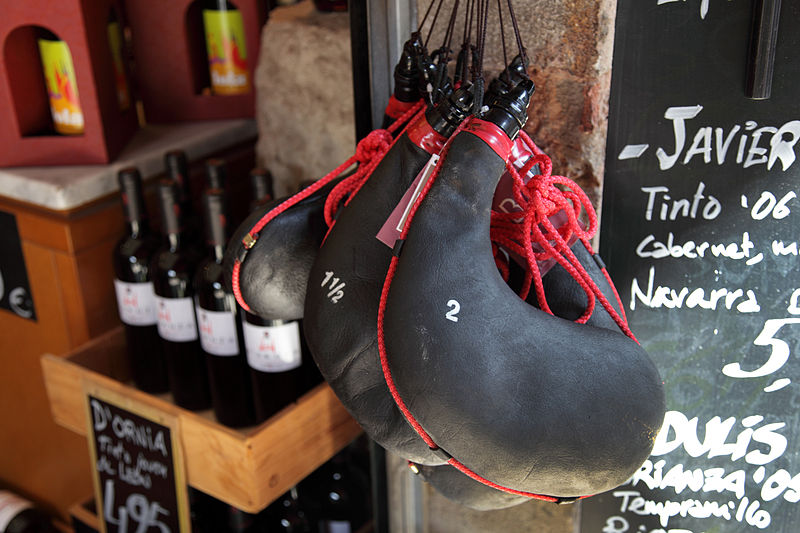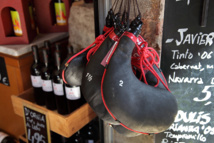In value terms, exports of wine from Spain fell by almost 3% to 2.6 billion euros for the previous year. This is obliged to the fact that 55% of exports were made by non-branded wholesale supply. Such products are bottled and sold by companies in France and other European countries, and sometimes even re-exported. Deliveries of such wine abroad rose by 35% in 2014, but the average price per liter was 0.4 euros; it is much lower than in the main producing countries.
In recent years, because of the rich harvests and falling domestic consumption, Spanish market was crowded. In addition, EU authorities a few years ago abolished subsidies for the distillation of wine, not in demand among buyers, into alcohol. Oversupply and the removal of subsidies led to export many Spanish wine at any price.
Excess of wine is sold in countries that have more experience in distribution, says Rafael del Rey, general director of the analytical center of the Spanish wine market. The main problem of the country's producers - the low level of marketing.
- Spanish brands have only recently become apparent in the global market, he said.
Now export prices are below cost, told Rafael Torres, president of the Virgen de las Vinas Bodega y Almazara, cooperative community of about 3,000 producers of grapes and olives in the region Castilla - La Mancha. The region exports 75% of its production. According to Torres, the producers are "in a very painful situation," due to the current value of the wine at 16-35 cents.
Spain has about 4,000 wineries, most of them - small, unknown outside their villages. EU funding through the local fund can cover up to 50% of the costs of these producers to the wine popularization outside the country. But many of the smaller wineries cannot afford even the remaining 50% of these investments.
Spanish wine will not be forever condemned to computation on the bottom shelf, says del Rey. Over the past five years, investment in the promotion of Spanish wine abroad rose and now account for about 80 million euros annually, what gives hope for improvement in prices, said the expert.
source: ft.com
In recent years, because of the rich harvests and falling domestic consumption, Spanish market was crowded. In addition, EU authorities a few years ago abolished subsidies for the distillation of wine, not in demand among buyers, into alcohol. Oversupply and the removal of subsidies led to export many Spanish wine at any price.
Excess of wine is sold in countries that have more experience in distribution, says Rafael del Rey, general director of the analytical center of the Spanish wine market. The main problem of the country's producers - the low level of marketing.
- Spanish brands have only recently become apparent in the global market, he said.
Now export prices are below cost, told Rafael Torres, president of the Virgen de las Vinas Bodega y Almazara, cooperative community of about 3,000 producers of grapes and olives in the region Castilla - La Mancha. The region exports 75% of its production. According to Torres, the producers are "in a very painful situation," due to the current value of the wine at 16-35 cents.
Spain has about 4,000 wineries, most of them - small, unknown outside their villages. EU funding through the local fund can cover up to 50% of the costs of these producers to the wine popularization outside the country. But many of the smaller wineries cannot afford even the remaining 50% of these investments.
Spanish wine will not be forever condemned to computation on the bottom shelf, says del Rey. Over the past five years, investment in the promotion of Spanish wine abroad rose and now account for about 80 million euros annually, what gives hope for improvement in prices, said the expert.
source: ft.com



















